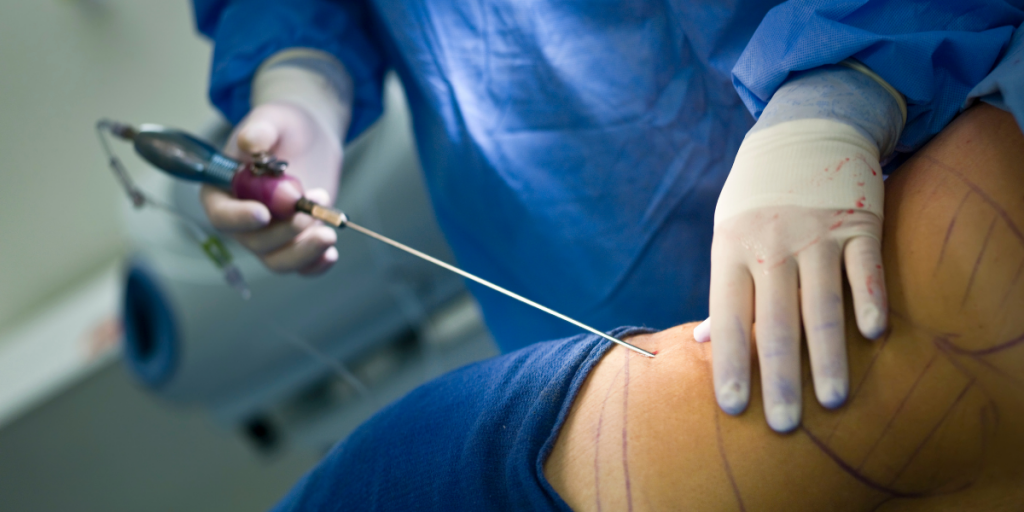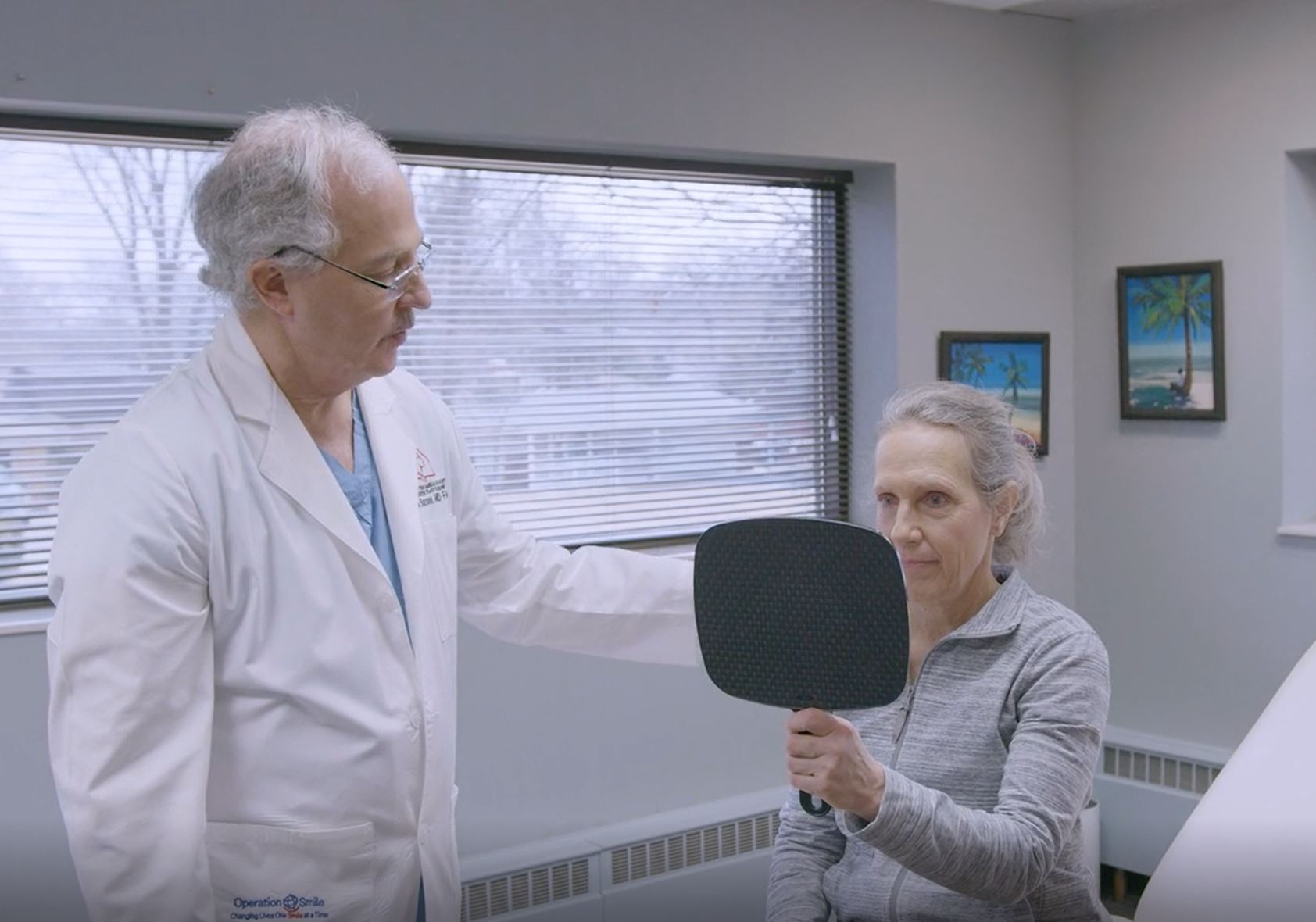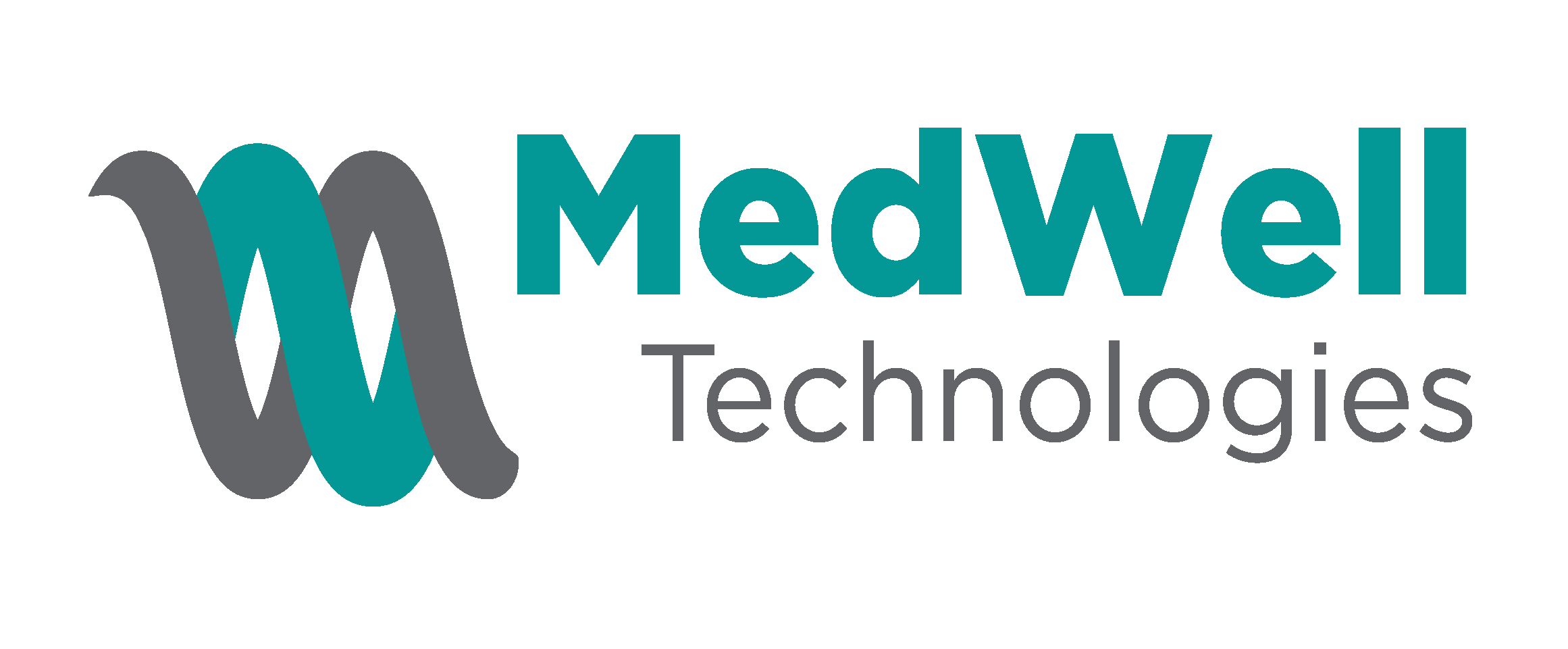
A Natural Filler
Fat transfer, also known as fat grafting or fat injections, is the surgical process by which fat is transferred from one area of the body to another area. The surgical goal is to improve, heal, or augment the area where the fat is injected.
The technique involves extracting adipose fat by liposuction, processing it, and then reinjecting purified fat into the area needing improvement.
Fat is the ideal facial filler as it is autologous, meaning that it is derived from the same species, and offers the patient long lasting and, in some cases, permanent results. A fat grafting procedure transfers fat from areas in which you have excess fat, such as the outer thighs or tummy, and injects it into areas that may be lacking in volume, such as your face, hands, breasts, or buttocks. Fat transfer is a safe, long-lasting, well-tolerated procedure that produces natural-looking results. Every year, many thousands of people undergo successful fat grafting and are pleased with the results.
History
The first fat transfer procedure dates to 1893 and has steadily gained in popularity as science has evolved and more modern techniques have been developed.
Prior to 2013, there was much debate about how to get the best cell viability and survivability. It was all about treating the fat cell gently and revolved around “cell survival theory” – meaning if the fat was treated gently and in a pristine fashion, it would result in a better outcome for the patient. But people were still only getting about 20 percent of the graft.
However, in 2013, Dr. Patrick Tonnard introduced the process of nanofat, which resulted from the emulsification of fat. When fat is emulsified, and used in superficial layers, the results are amazing. It generates new collagen, can get rid of wrinkles, and a host of other benefits. It changed how fat was processed.
As science has continued to evolve, a newer and better technique has evolved called adinizing, which is a simpler process and produces higher cell viability with improved outcomes over emulsification. Through adinizing, physicians can resize fat simply, consistently, and reproducibly, with a much higher and healthier cell population. Adinizing also allows physicians to process multiple sizes of aliquot (macro, milli, micro, nano), as well as using it to produce the highly potent and preferred adipose concentrate.
Let's Compare
Types of Fat Grafts
Four types of fat grafts, defined according to parcel size, harvesting cannulae, and process:
4000um (Macrofat)
Fat grafts harvested with cannula larger than 2.4 mm, fat grafts larger than 2.4 mm, which can be given without any operation. Recommended usage: Deep tissue planes such as breast augmentations.
2400um (Millifat)
Fat grafts harvested cannula with 2.4-mm hole diameter, washing and 2.4 mm, and parcel diameter less than 2.4 mm. Recommended usage: Deep tissue such as for lips, face, hands, temporal space, wound care, and volume deformities.
1200um (Microfat)
Fat grafts harvested cannula with 1.2- to 2.4-mm hole diameter, 1.2 mm and parcel diameter less than 1.2 mm. Recommended usage: Mid-tissue such as for forehead, eyelid, brow, perioral, periorbital, nose, hand, wound care.
600um (Nanofat)
Fat grafts harvested with cannula with a diameter of 1.2 to 2.4 mm, 400 to 600 micron, and 400 to 600 micron parcel diameter. Recommended usage: Superficial and intradermal injections, peri-oral, fine rhytids, wound care, cellular facial regeneration .
Advantages of Fat Transfer
- Unlike dermal fillers, a fat transfer is permanent.
- More economical than synthetic fillers, hyaluronic acid, and corticosteroids.
- Not only does the fat graft result in increased subtle volume and ‘plumpness’, but also improved skin texture and quality due to the stem cells contained in the fat.
- The results can bring back 5-10 years on the treated areas.
- Natural-looking results
- Minimal downtime - return home the same day and just a couple of days downtime for many of the procedures
- Only local anesthetic is necessary
- But to fully understand why our product is so revolutionary, we must first discuss some of the problems associated with current methods of fat transfer.

Common Fat Transfer Procedures
- Face
- All-natural facial skin rejuvenation
- Hands
- Breasts
- Buttocks
- Bulking of deformities
- Facial Rejuvenation

